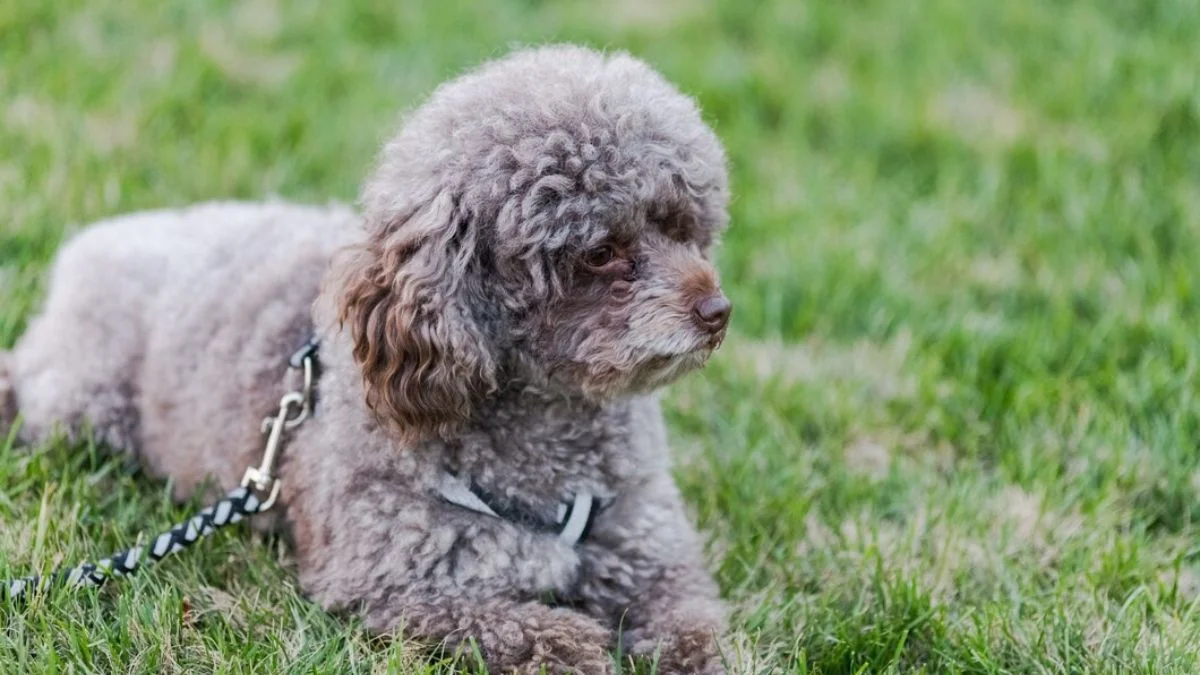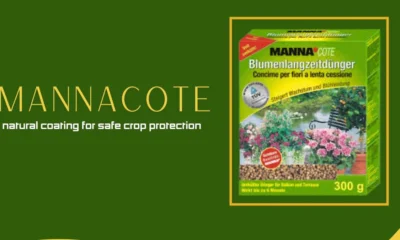GENERAL
An Ashempudel: The Delightful Poodle and Shih Tzu Hybrid

An Ashempudel can be defined as a genetic combination of a poodle dog breed and a shih tzu breed of dog. This one blend the smart, non-shedding feature of Poodles and the friendly and obedient character of the Shih Tzu. Perfectly friendly and easily adjusting to different living conditions as well as requirements Ashempudels can be pleasant additions to families, single people, and senior citizens. These are small to medium sized dogs well suited for a condominium or a house with little space. High on love, easy to maintain, Ashempudels have taken a special place in one’s heart and become people’s favorite.
Summary and History of the Ashempudel
Non-sporting combinations such as the Ashempudel have become more common over few decades as they require particular characteristic from both breeds. The toy dog breed poodle has been crossbred with another acceptable breed namely Shih Tzu, which is a friendly breed with a beautiful coat that does not cause an allergic reaction. The Ashempudel may not have a lengthy history, but it shares characteristics from the rich genealogies of other Pudelpointer hybrids and the breed with which it was crossed. While the poodle breed can be dated back to Germany in the 15th century, the Shih Tzu also enjoyed its place in being a royal dog breed of China.
Physical Characteristics of an Ashempudel
- Size: Small to medium, typically weighing 10–20 pounds.
- Coat: Curly, wavy, or straight; often hypoallergenic.
- Colors: Black, white, cream, brown, or a mix of these shades.
- Features: Compact build with expressive eyes and floppy ears.
These physical traits make Ashempudels both adorable and practical for owners seeking a low-shedding, manageable pet.
Temperament and Personality Traits
Ashempudels are affectionate, intelligent, and eager to please, making them excellent companions. They inherit the playful and social qualities of the Shih Tzu, paired with the quick learning abilities of the Poodle. These dogs thrive on interaction and are known for their loyalty to their families. While they are generally friendly with strangers and other pets, early socialization enhances these traits. Ashempudels are also well-suited for homes with children, as their gentle demeanor ensures they can form strong bonds with all family members.
Ideal Household for an Ashempudel
An Ashempudel is an adaptable dog that fits into a variety of households. Whether living in an apartment or a house with a yard, they adjust well to their surroundings as long as they receive proper care and attention. These dogs thrive in family settings, where they can interact with children and other pets. Singles or seniors will also find Ashempudels to be excellent companions, as they provide affection and are relatively low-maintenance. Their moderate exercise needs and small size make them suitable for homes with limited space.
Training and Socialization
Due to this Poodle breed background, Ashempudels are smart, and they train easily and fast. Originally they are socialized by positive reinforcements such as use of treats and positive sayings. The socialization should be as early as possible so that at a later date, the dog behaves well and is confident. It is important for the animal to be taken to different areas, places, people, and other animals to eliminate possibly develop behaviors such as; shyness or anxiety. Since the training sessions are well-coordinated and structured, the Ashempudels remain as obedient dogs as well as those with incredible tricks’ intelligence level. However, if well trained they should be able to turn out as orderly, friendly and well mannered dogs for companionship.
Grooming Needs of an Ashempudel
Ashempudels require average grooming as far as their special coat is concerned. Their fur should be brushed at least two to three time a week, to avoid matting and keep their coat in a good shape. These breeds need a monthly bath for best care and to ensure they have a good coat. They do not shed very much and this is especially good for owners who have allergies but professional grooming may be required to groom the hair every couple of months. They also make the pet go through ear cleaning, and teeth and nail brushing. Proper hygiene of Ashempudel helps not only to look good but also feel the comfort and health of the skin.
Health and Lifespan
Ashempudels initially are vigorous healthy dogs however similar to other hybrid dogs they may be prone to some of the genetic diseases that the native breeds may have. Some of them entailing hip dysplasia, eye problems, and other dental problems are some of many that may be commonly observed in them. There are many possible illnesses that you can avoid simply by taking your dog in for check-ups, feeding it a proper diet, and encouraging it to exercise. Small to medium-sized breed of Ashempudels have a life span of 12-15 years. Pet owners need to keep an eye on signs that may point towards sickness and ensure their pets are up to date on their shots, and flea/tick preventatives.
Diet and Nutrition
It is key that an Ashempudel eat nutritious food in order to ensure good health for him or her. What’s most important is that their meals should be comprised of premium quality food, suited to their size, age, and activity level. Eating habits must be managed so that the problem of obesity which is vice attached to small breed dogs is avoided. Candies should be provided sparingly and should not be more than ten percent of the daily calorie allowance. Water should always be fresh water and should not be made up of any kind of sea water. This way you know your Ashempudel is receiving the best nutrition it requires together with any supplements needed for its joint or coat needs can be consulted with the veterinarian.
Exercise Requirements
Ashempudels require moderate exercise to stay healthy and happy. Daily walks, combined with playtime, provide both physical and mental stimulation. Interactive toys and games like fetch are great ways to keep them engaged. While they are energetic, they do not require excessive exercise, making them suitable for owners with varying activity levels. Mental stimulation, such as puzzle toys or training sessions, is equally important to keep their intelligent minds active. With proper exercise, Ashempudels maintain a healthy weight and avoid boredom-related behaviors.
Ashempudel as a Therapy or Emotional Support Dog
Thanks to their affectionate and gentle nature, Ashempudels are considered one of the best companion animals, ideal candidates for therapy or emotional support roles. Their intelligence and eagerness to bond with humans make them quick to adapt to specialized training. Whether visiting hospitals or providing companionship to individuals with emotional needs, Ashempudels excel in creating a calming and supportive environment. Their small size and friendly demeanor ensure they can easily connect with people, bringing comfort and joy to those they assist.
Conclusion
What struck me as quite special about Ashempudel is his charm plus intelligence plus affectionate temperament; where then would you go to find your companion animal? Due to its coat, temperance and grooming needs, this hybrid breed is suitable for several types of families. From a fun buddy, an intimate family friend, to an empathetic therapy pet, the Ashempudel is a perfect fit for all. With the right care, training and affection you get a good friend who will be with you for many years and who will add a lot of positivity into your life.
-

 BIOGRAPHY7 months ago
BIOGRAPHY7 months agoBehind the Scenes with Sandra Orlow: An Exclusive Interview
-

 HOME1 year ago
HOME1 year agoDiscovering Insights: A Deep Dive into the //vital-mag.net blog
-

 HOME1 year ago
HOME1 year agoSifangds in Action: Real-Life Applications and Success Stories
-

 BIOGRAPHY1 year ago
BIOGRAPHY1 year agoThe Woman Behind the Comedian: Meet Andrew Santino Wife




























